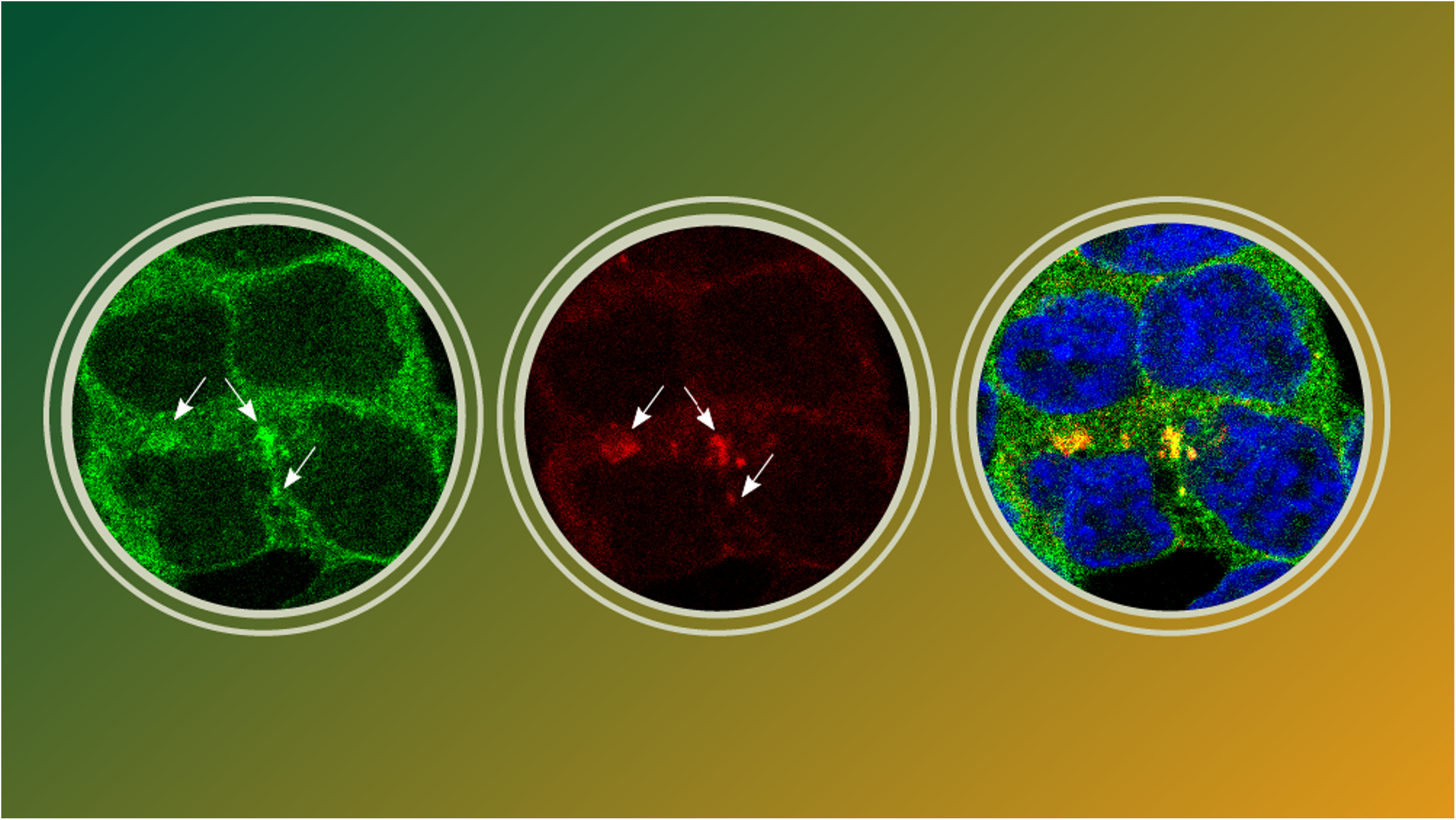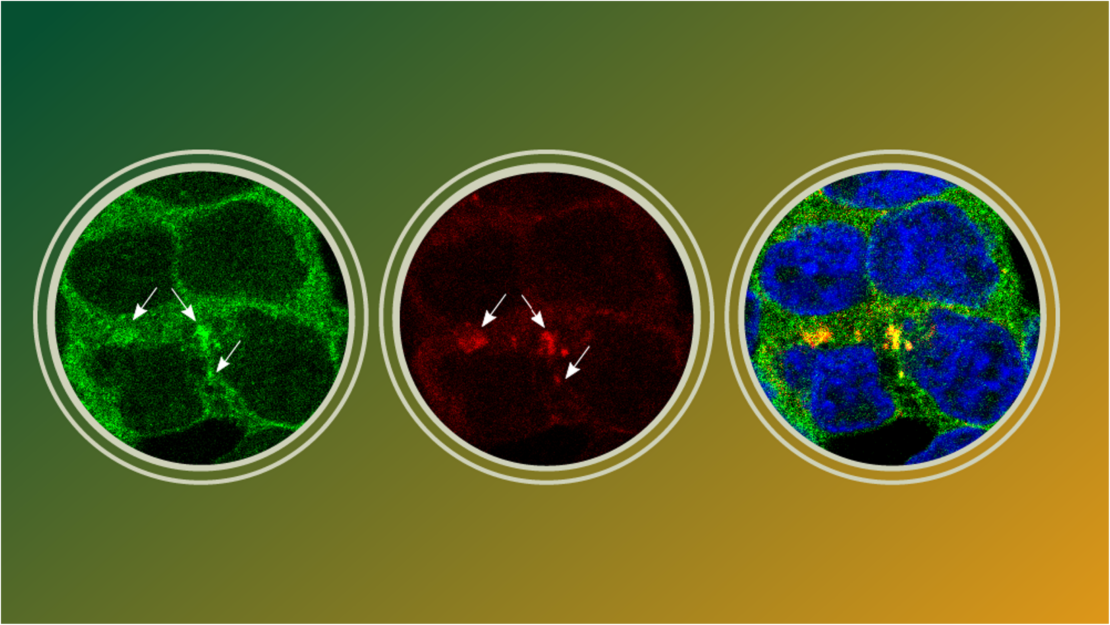The cellular superhero that protects us against RNA viruses

Scientists have discovered how the antiviral protein TRIM25 finds and binds viral RNA to activate an immune response

Summary
- The innate immune system is the body’s first line of defence against pathogens like bacteria or viruses.
- TRIM25 is a protein that is important in the innate immune response against RNA viruses, such as influenza viruses, coronaviruses, or Zika virus.
- New research from EMBL has shown how TRIM25 binds to viral RNA and why this binding is essential for its antiviral activity.
Every second of every day, our body is under attack. The invading agents are viruses, bacteria, parasites, toxins – living and non-living entities that might negatively impact our body’s functioning. What keeps us safe is a squad of patrolling superheroes – proteins that form an essential part of our innate immune system, the body’s first line of defence against invaders.
A new study from EMBL Heidelberg researchers has brought us one step closer to understanding how one such superhero – a protein called TRIM25 – exercises its superpowers to fight viruses.
“We were inspired to study TRIM25 because of its critical role in the body’s innate immune response to RNA viruses, such as influenza or Zika viruses,” said Lucía Álvarez, the study’s first author and EIPOD4 postdoctoral fellow in EMBL’s Hennig Group. “We wanted to understand the role of TRIM25’s RNA binding in antiviral defence.”
TRIM25 belongs to a large family of enzymes that can tag other proteins in the cell with a small protein called ubiquitin, altering their function. Its superpower is the ability to trigger a series of signalling events that eventually leads to the foreign agent being identified and neutralised. While scientists had previously shown that TRIM25 can bind RNA, it wasn’t clear why this action is important for its immune activity.
TRIM25 also faces the proverbial needle in a haystack problem – after all, our cells are swimming in RNA, much of it essential for our biology and functioning. So, does TRIM25 have a way to distinguish friend from foe and selectively bind to RNA that comes from viruses?
The scientists used a combination of biophysical and cell biological techniques to investigate this question in more detail. “We found that TRIM25 doesn’t just randomly bind to any RNA,” said Álvarez. “It has specific preferences, which may explain how it efficiently targets regions of viral RNA.”
The scientists also found that this binding to viral RNA was critical for TRIM25’s antiviral activity, as well as its ability to find its way to ‘factories’ inside the cell where the virus makes copies of itself. To test this, the researchers created a mutant version of TRIM25, which could not bind RNA. Cells that had this ‘defective’ version of TRIM25 were less effective in fighting an infection by the Sindbis virus – an RNA virus that can be transferred from mosquitoes to vertebrates.
The study, recently published in the journal Nature Communications, was carried out in collaboration with Alfredo Castello’s group at the Centre for Virus Research (CVR) in Glasgow. The researchers also worked closely with Fred Allain’s group at ETH Zurich.
“This project was made possible by the EIPOD4 grant and the infection biology transversal theme (IBTT) synergy grant, which allowed me to travel from EMBL to CVR to benefit from the synergies between the groups,” said Álvarez.
As a next step, the researchers are investigating whether TRIM25’s RNA binding is important not just for the Sindbis virus but also for defence against other RNA viruses. The team is also collaborating with Julia Mahamid’s group at EMBL Heidelberg to use cryo-electron tomography to get a closer look at the viral replication organelles inside cells where TRIM25 localises. A recent German Research Foundation grant, jointly submitted by the two groups, will enable this part of the work.
“TRIM25 plays a key role in how our bodies respond to viruses, such as influenza, dengue, and coronaviruses,” said Janosch Hennig, EMBL Visiting Group Leader and the study’s senior author. “By better understanding how TRIM25 works, we could potentially develop strategies to enhance this immune response, making it a potential target for antiviral therapies. In addition, the study could be applied to wider research into RNA-binding proteins and innate immunity, helping to uncover similar mechanisms in other proteins or immune pathways.”
Source article(s)
The molecular dissection of TRIM25’s RNA-binding mechanism provides key insights into its antiviral activity.
Álvarez L., et al.
Nature Communications 1 October 2024
10.1038/s41467-024-52918-x




